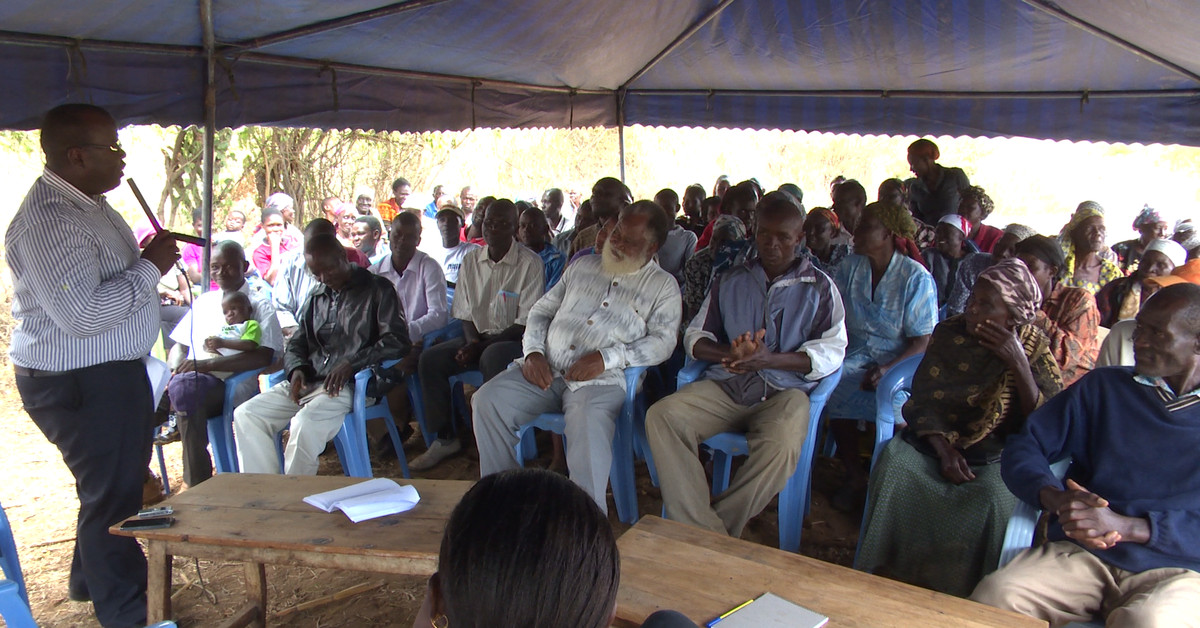Tl;dr: extra money makes people happier.
“Conservatives” hate this simple trick!
Nonsense. My boss tells me I should be grateful I have a minimum wage job at all
Actual summary:
- The article’s focus is: lump sum payment vs regular payment.
- Program had three groups: $20/month for 2 years, $500 lump sum, $20/month for 12 years.
- Lump sum allowed people to invest (e.g., to start a business) in a way that monthly payments didn’t.
- Monthly recipients often pooled funds in rotating savings and credit associations (ROSCAs) to provide a lump-sum-like investment ability.
- Monthly recipients were “generally happier and reported better mental health” than lump sum recipients. Articles quotes speculation of cause to be stress related to investment vs the stability from having monthly payment.
- “The researchers found no evidence that any of the payments discouraged work or increased purchases of alcohol”.
While you’re free to circlejerk about how the article shows how great UBI is, that’s not really what it talks about.
The researchers found no evidence that any of the payments discouraged work or increased purchases of alcohol
I’d say that this is a pretty important finding. This is a common talking point for people against UBI, so finding evidence to the contrary is promising
I’d say that’s the takeaway!
I agree it’s a useful insight, but it’s the only sentence in the entire article that isn’t instead discussing the merits of lump sum vs regular payment. Saying that “it’s the takeaway” from the linked article is insanity.
The Wikipedia page for Hitler includes the sentence:
The stock market in the United States crashed on 24 October 1929.
That doesn’t make it the takeaway of the article!! If you want to make a case for something, bring the right evidence. As the researchers themselves have said, this study can’t just be generalized to high-income countries.
Be careful of this conclusion. When a similar pilot project was done for homeless people (in Canada, I believe), the methodology was rigged. They made it so only people they felt would be most likely to give the pilot a positive result were selected. This created an overwhelming bias towards the outcome.
I’m not sure exactly what the methodology was for this Kenyan project, but I’m hoping that there was no selection bias.
In a general sense it is though. The long-term group did as well as the lump sum group.
Im jerking off so hard rn
deleted by creator
Good stuff, don’t let people tell you that these things don’t work
This is not even really a proper implimentation of UBI anyways right? They are injecting more capital into the local economy of course people were better off…
I still dont see this as a proper experiment of UBI since it’s not self-contained within a society.
Okay, great. Then let’s actually do it. Everything below 100 percent implementation is a success so let’s stop handwringing over the size of the experiment and pull the trigger.
What do you mean self-contained?
In this experiment, external funding is paying for the handouts.
In a self-contained system, the same system/community providing the handouts would be generating the revenue for them (e.g., via taxation). Think of existing social welfare where “the system” generates the revenue that pays for the welfare programs.
Ah, that makes sense. Thanks for taking the time to explain.








